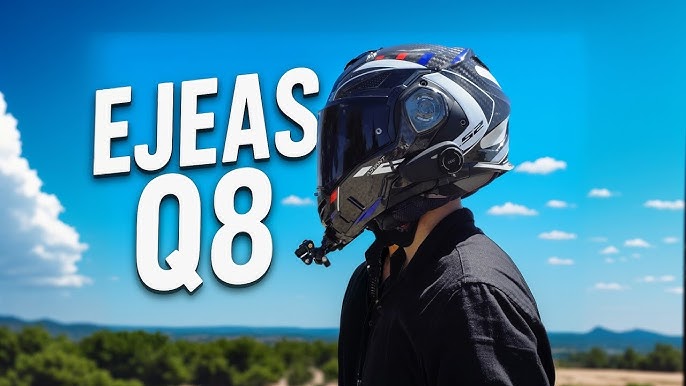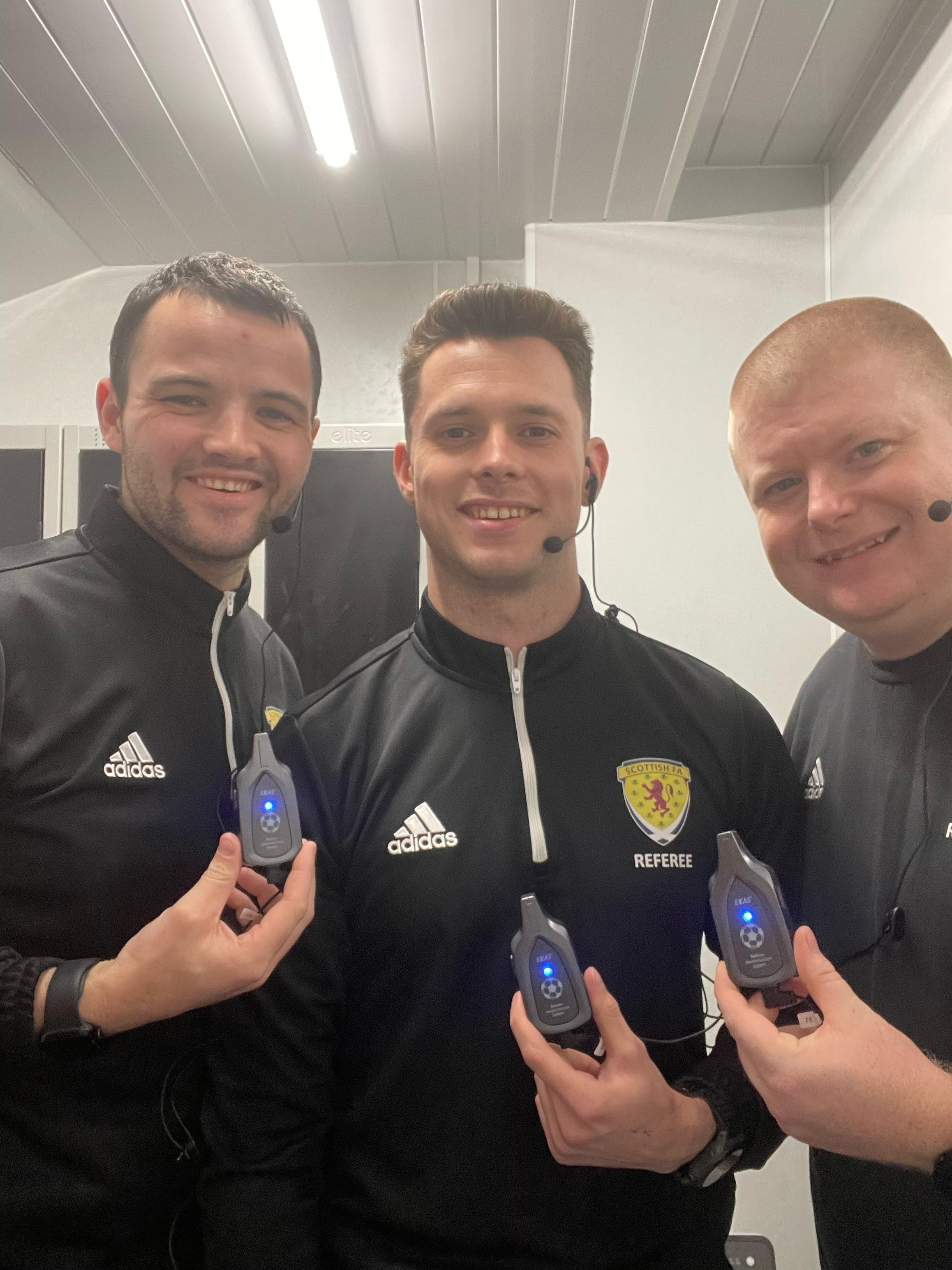The function of the helmet is that in case of an accident, the soft foam spacer inside the helmet can absorb the impact to the maximum extent, and at the same time avoid splashing foreign matter and gravel, so as to reduce the injury and even save the life of the knight. It is the most important riding safety equipment. If you don't have a helmet, you can't imagine the head after the following accident.

What are the types of motorcycle helmets
- Half helmet: covered with a celestial cover, ignoring chin and rear brain protection.
- 3/4 helmet: also known as Harley helmet, with no chin protection.
- Full helmet: Full face helmet with full head protection, divided into three sub categories as follows.
Off road helmet: reinforced jaw protection, with a brim on the forehead and no goggles.
Pull helmet: Similar to off-road helmets, equipped with helmet lenses.
Uncovering helmet: The mask can be lifted or closed.
How to Choose Motorcycle Helmets

Motorcycle helmets can be selected based on their structure. Motorcycle helmets are mainly composed of a "shell, buffer layer, lining, goggles, and wearing device" to ensure their safety performance. On the premise of ensuring its safety performance, a suitable helmet type can be selected through trial wearing.
1) Shell material
The first line of defense to protect the head is the main structure of the helmet, which together with the buffer layer plays a role in dispersing impact force. Common shell materials include the following three types
ABS composite material: insufficient strength and rigidity.
Glass fiber (fro): better pressure and impact resistance than ABS.
Carbon fiber (CF): high strength, low density, high temperature corrosion resistance.
2) Buffer layer
The main function of the buffer layer is to absorb external impact force, and its thickness and material quality determine the buffering capacity. There are two types of materials.
EPS: Expandable polystyrene, containing millions of independent sealed bubbles per square meter, with low water absorption, good insulation, light weight, and strong mechanical strength.
EPP: Expanded polystyrene, an environmentally friendly new type of compressive cushioning and insulation material with good toughness and high price.
Summary: EPS and EPP are both shock absorbing materials. When subjected to impact, the high-density bubbles in the material will act as cushioning airbags. By pressing, it can be tested that the slower the rebound, the better its seismic performance.
3) Inner lining
The lining is designed to make it more comfortable for users to wear, including padding and ear pads, which have a certain degree of shock absorption function. Currently, the lining design is usually detachable, making it easier to clean in the future. In addition, some linings will be designed with glasses/Bluetooth card slots, which is more user-friendly. The lining fabrics mainly include the following types
Fiber knitted fabric: breathable, dry, and non shrinking.
Leather: High quality and requires maintenance.
Brushed fabric: with a rich suede surface and a soft and comfortable feel.
4) Goggles
The main function of lenses is to protect the rider's eyes and face while not interfering with their field of view. Helmet lenses typically come in two configurations, single lens and dual lens. The built-in sunglasses with extra dual lenses can greatly reduce daytime glare, and the lens material is usually polycarbonate PC material.
Polycarbonate has better heat resistance and impact resistance than ordinary ABS resin materials. In addition, it needs to undergo strict testing and has low refractive index, low dispersion, and high transparency properties.
5) Wearing device
The wrong way to wear a helmet is equivalent to wearing it in vain, mainly due to the following two types of strap buckles.
Snap on style: can be quickly put on and off, making it more convenient to use.
Double D buckle: firm and reliable, anti slip and anti fracture
In addition to the buckle type and double D buckle, there are also adhesive and ring buckle types for the tension buckle, and the double D buckle is considered the safest tightening system currently available.
How to maintain a helmet

When you fly recklessly against the ground, the grease on your face, sweat on your hair, and dust in the air are also invading your helmet. How should you maintain your helmet?
The helmet for daily use has a smooth paint surface and a matte finish with a matte feel. The matte finish does not require excessive daily maintenance, and the smooth paint surface requires waxing maintenance to cover surface scratches and prevent dust from adhering to the paint surface. At the same time, it can form a splashing effect on rainy days and is more resistant to dirt.
Paint maintenance method: Drop a few drops of liquid wax onto the paint surface, and after a few minutes, the liquid wax will become semi dry. Use a dry absorbent cotton cloth to push out the wax marks, and the same applies to solid wax.
The maintenance method of the lenses is the same as that of the paint surface. The lenses belong to rubber compounds, and the lenses treated with liquid wax are less prone to water film, making it safer to ride in rainy days.
Helmet leather maintenance: In daily life, leather products such as leather shoes and gloves require maintenance. If leather is used in the helmet lining, it is also necessary to maintain it. Use a cotton cloth dipped in leather maintenance agent to wipe the leather to achieve lubrication. Pay attention to whether the leather maintenance agent is the same color as the helmet to avoid staining.





Share:
Which is the best? EJEAS V6 Pro VS V7
How to Make Motorcycle Riding Safe for Motorcyclists?